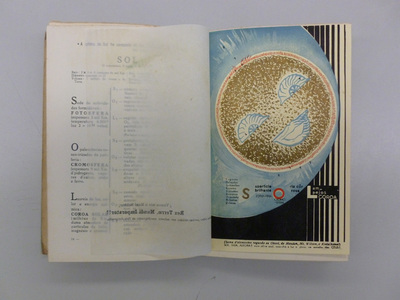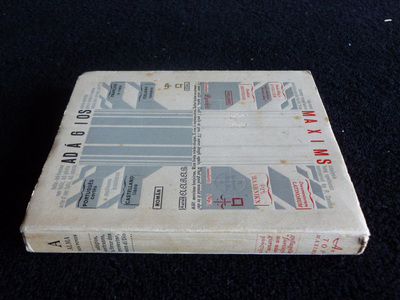|
Some curious mechanisms and tricks developed by the Modern Art allowed the reemergence of the polygraph character – the artist/scientist who tries to conquer various matters of Spirit and Form available on the known and unexplored connections between Culture and Nature territories. In general, this figure is usually represented by names such as Leonardo Da Vinci, Athanasius Kircher and Emanuel Swedenborg. The polygraphic view of the universe requires a singular displacement from some concrete problem (usually technological in nature) to more abstract layers of Culture, involving language and cognition: such displacement is the work of a polygraph complex flyover and flux which marks the language limits and possibilities, even when the "theorizing" side (since inception in multiple areas of knowledge necessarily leads to a continuous effort to theorizing and justification) shows absurd, outdated or invalid aspects. Essential to the Renaissance spirit, the polygraph reappears in the Twentieth Century incarnated by figures like the Italian Luigi Russolo, the Russian Velimir Khlebnikov, the Argentine Xul Solar or the Portuguese teacher, editor, graphic, philanthropist, philologist Paulo de Cantos (1872-1979). A contemporary of Portuguese modernists like Fernando Pessoa, Cantos built a work based on the imaginative dissemination of Science in books like Astrarium (1940) or O Homem Máquina (1930-36). But, in Cantos, the imagination always exceeds the momentum of systematic dissemination of Science and History in its atrocious or beneficial consequences or constructions, by the use of a creative typographic images and text recreations from edifying volumes by scientists and philosophers.
The "cantian" work – as it is known by its new researchers – invisible and ignored for long time, now beginning to be discovered by young Portuguese designers, delighted by the creative use of typographical and editorial elements in all the weird books published by Cantos. However, the original poetic language designed in complex configurations created by Cantos still await systematic analysis. Below, pictures of books Astrarium and Adagios/Maxims (1946), taken from articles on websites Montag and The Ressabiator. An interesting video produced and published by the magazine Público, addressing initiatives about rediscovery Paulo de Cantos works, can be seen here.
0 Comments
Leave a Reply. |
Alcebiades DinizArcana Bibliotheca Archives
January 2021
Categories
All
|


 RSS Feed
RSS Feed
